A tankless water heater is a valuable addition to any home, providing hot water on demand and improving energy efficiency. However, like any plumbing equipment, it is vulnerable to freezing temperatures during the colder months. Freezing can cause significant damage to the system and lead to costly repairs if preventative measures are not taken. Understanding how to protect tankless water heater from freezing is essential to ensure its longevity and reliable performance, especially in areas prone to harsh winters.
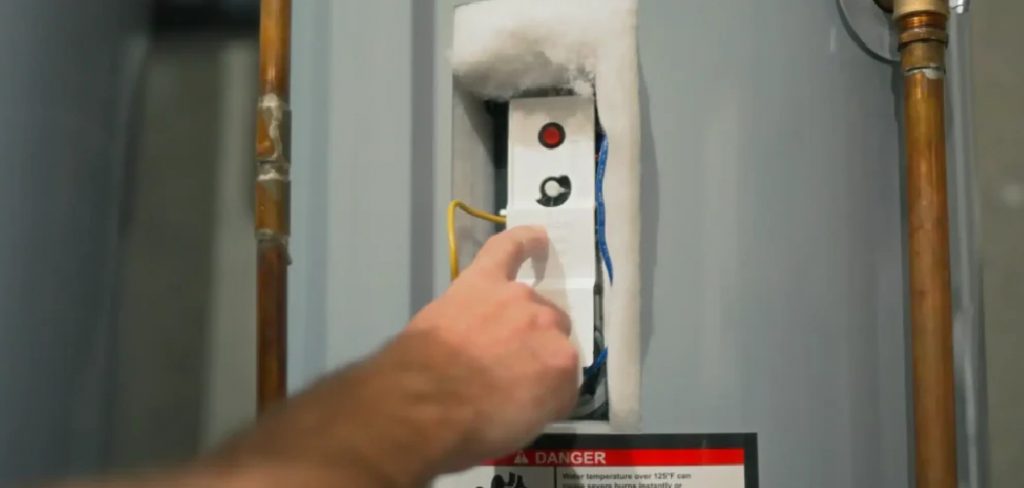
The Impact of Cold Temperatures on Tankless Water Heaters
Cold temperatures pose a serious threat to tankless water heaters if proper precautions are not in place. When the temperature drops below freezing, any water left in the heater or its pipes can freeze. Frozen water expands, which can cause the internal components, such as the heat exchanger or pipes, to crack or burst.
This not only renders the system inoperable but can also result in extensive water damage to your home. Furthermore, repeated exposure to freezing conditions may lead to long-term wear and tear, reducing the overall efficiency and life expectancy of the water heater. It’s crucial to recognize these risks and take steps to prevent freezing, especially during prolonged cold spells.
Risks of a Frozen Heat Exchanger and Water Lines
A frozen heat exchanger and water lines can lead to severe and costly damage to your tankless water heater. The heat exchanger is a core component of the system, responsible for quickly heating water as it flows through. If water within the heat exchanger freezes, the expanding ice can crack the delicate internal piping, rendering the heater inoperable and necessitating an expensive replacement or repair.
Similarly, frozen water lines can burst under pressure, potentially flooding your home and causing extensive water damage. Additionally, even if no immediate damage occurs, recurring freeze-thaw cycles can weaken the unit’s components over time. These risks underline the importance of taking proactive measures to protect the system during freezing temperatures, ensuring its reliability and durability.
10 Methods How to Protect Tankless Water Heater from Freezing
1. Installing an External Insulation Cover
One of the most effective ways to protect a tankless water heater from freezing is to install an external insulation cover. These covers are designed to shield the unit from harsh weather conditions and help retain heat. Made from materials such as insulated vinyl or heavy-duty plastic, these covers can prevent exposure to freezing temperatures, especially for outdoor-mounted units. Ensuring that the insulation is properly fitted around the unit can significantly reduce the risk of freezing.
2. Using a Freeze Protection Solenoid Valve
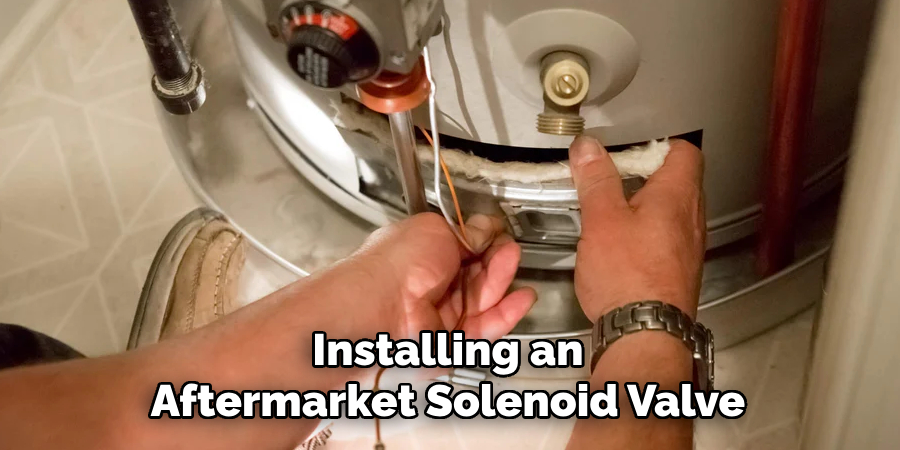
Many modern tankless water heaters come with built-in freeze protection solenoid valves that automatically open when the internal temperature drops to a certain level. This allows a small amount of water to trickle out, preventing ice formation inside the heater. If your unit does not include this feature, installing an aftermarket solenoid valve can provide additional protection during extremely cold weather.
3. Draining the Water Heater When Not in Use
If the tankless water heater will not be used for an extended period during winter, draining the unit completely is a reliable method to prevent freezing. Most units have a drain valve or purge port that allows you to empty any residual water from the internal components. Removing all water from the system ensures that no ice can form and cause damage while the unit is inactive.
4. Installing Pipe Insulation on Supply Lines
In addition to protecting the main water heater unit, insulating the water supply lines is crucial in preventing freezing. Foam pipe insulation or heat tape can be wrapped around exposed pipes to maintain water flow during cold temperatures. Pay special attention to any pipes that run through unheated areas such as basements, garages, or crawl spaces, as these are most susceptible to freezing.
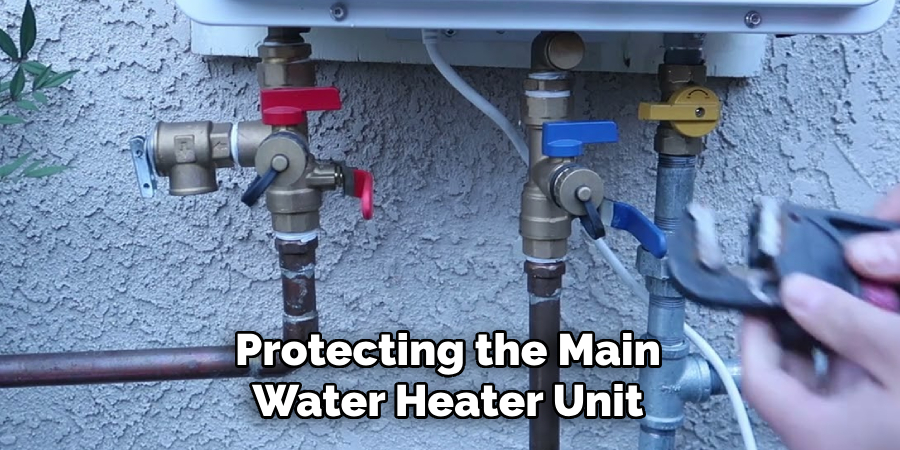
5. Keeping a Slow Drip from Faucets
Allowing a slow drip from one or more hot water faucets inside the home can prevent freezing in a tankless water heater. A small, continuous water flow relieves pressure and keeps water moving through the system, reducing the likelihood of ice formation. This method is especially useful during extreme cold snaps when freezing temperatures persist for an extended period.
6. Using an Enclosure for Outdoor Units
For tankless water heaters installed outdoors, a protective enclosure can provide an extra layer of defense against freezing temperatures. These enclosures can be built from insulated materials such as plywood or metal, with an internal lining of foam insulation. Not only does this help shield the unit from direct exposure to cold winds, but it also helps maintain internal warmth when used in combination with other freeze-prevention measures.
7. Installing a Recirculation System
A recirculation system can help maintain a steady flow of warm water through the pipes and the tankless water heater itself, reducing the chances of freezing. These systems periodically cycle warm water through the unit and plumbing network, ensuring that standing water does not freeze. Some models come with built-in recirculation pumps, but aftermarket kits are also available for retrofit installations.
8. Utilizing a Space Heater or Heat Lamp
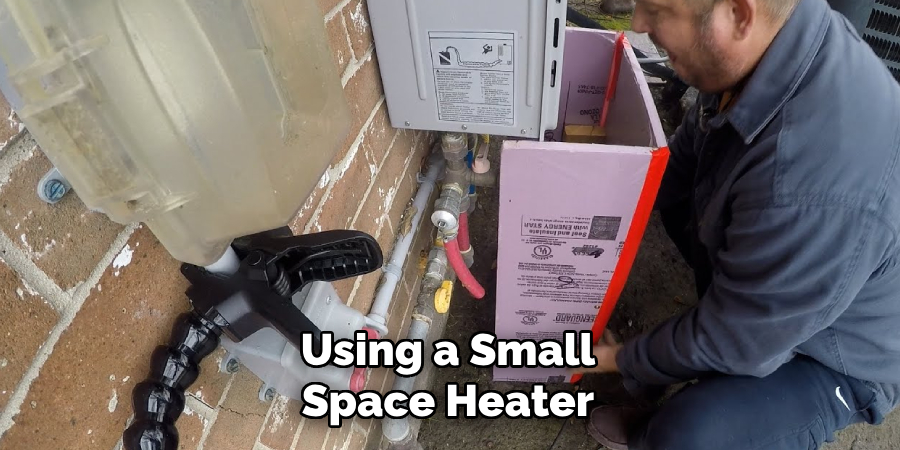
If your tankless water heater is installed in an unheated space, such as a garage or basement, using a small space heater or heat lamp can help maintain a safe operating temperature. Positioning a heater near the unit and pipes provides localized warmth and prevents freezing. Be sure to follow safety guidelines when using electrical heating devices, keeping them away from flammable materials and ensuring proper ventilation.
9. Sealing Gaps and Cracks Around the Unit
Cold air drafts can significantly contribute to freezing risks, especially in tankless water heaters installed near exterior walls. Sealing any gaps or cracks around the installation area with caulk or expanding foam can prevent cold air infiltration. Ensuring proper insulation in the surrounding area helps maintain a consistent temperature, reducing the chances of freezing.
10. Monitoring Weather Conditions and Taking Preventive Measures
Being proactive about extreme weather conditions can prevent costly damage to a tankless water heater. Keeping an eye on weather forecasts and implementing freeze-prevention measures in advance—such as increasing insulation, opening faucets slightly, or using heating devices—can help avoid emergency situations. Taking preventive steps before a cold front arrives ensures that the system remains operational and protected from freezing-related damage.
Maintenance and Upkeep
Proper maintenance and regular upkeep are essential to ensuring the longevity and performance of a tankless water heater, especially in regions prone to freezing temperatures. Begin by inspecting the unit periodically for any signs of wear, damage, or leaks. Check insulation covers, enclosures, and pipes for degradation over time and replace them as necessary to maintain their effectiveness.
Regularly flush the unit to remove mineral buildup and prevent scaling, which can reduce efficiency and increase the risk of internal damage. Most manufacturers recommend performing this process at least once a year, but areas with hard water may require more frequent flushing. Additionally, inspect the freeze protection systems, such as solenoid valves and recirculation systems, to ensure they are functioning correctly and are ready to protect the unit during colder months.
Clean the air filter and any accessible components to prevent debris or dust accumulation, which can hinder the unit’s performance. If your tankless water heater is powered by gas, check the venting system for blockages or obstructions that may affect safe operation.
Safety Considerations
When implementing freeze prevention measures or conducting maintenance on a tankless water heater, safety should always be a top priority. Before performing any work on the unit, be sure to disconnect power and close the water and gas supply valves to prevent accidents. If you are using electrical heating devices like space heaters or heat lamps for freeze protection, ensure they are placed in a secure location, away from moisture, flammable materials, and in a well-ventilated area to reduce fire risks. Follow the manufacturer’s instructions and specifications for any freeze protection or maintenance equipment to ensure proper use and avoid voiding warranty coverage.
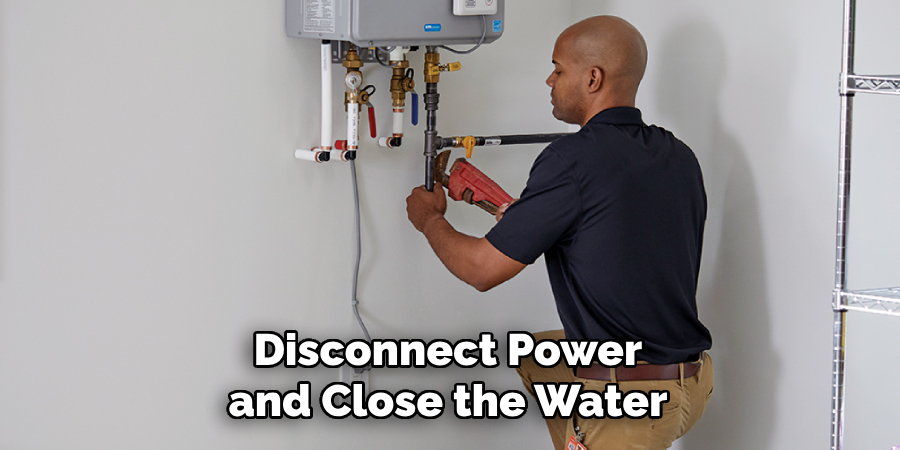
Additionally, when sealing gaps or cracks around the heater, use non-toxic materials suitable for indoor use to maintain air quality. If you are unsure about performing any of these tasks, consult a licensed professional to avoid improper installation or damage to the unit. Prioritizing safety not only protects the system but also ensures the well-being of your home and household members during the colder months.
Conclusion
A tankless water heater is a valuable addition to any home, offering energy efficiency and on-demand hot water. However, in regions with freezing temperatures, proper care and preventive measures are necessary to protect the unit and ensure its continued functionality. By implementing strategies such as insulation, using enclosures, installing recirculation systems, and conducting regular maintenance, homeowners can minimize the risk of freezing damage. Thanks for reading, and we hope this has given you some inspiration on how to protect tankless water heater from freezing!
About the Author
Adrian Green is a passionate woodworking enthusiast who has dedicated his life to the craft of woodworking. From his early days working alongside his father in the family woodworking shop, Adrian has honed his skills and developed a deep love for creating beautiful, functional pieces with his hands. As the voice behind The Woodenify Blog, he shares his knowledge, tips, and inspiration with fellow woodworkers of all skill levels, helping them build confidence in their abilities while learning new techniques.
Professional Focus
- Specializes in DIY woodworking projects, from furniture making to home décor.
- Provides step-by-step guides, tips, and practical tutorials for woodworkers at any skill level.
- Focused on empowering readers with confidence and knowledge through easy-to-follow instructions and hands-on techniques.
- Passionate about building a community where makers can share, learn, and grow together in the world of woodworking.
Education History
University of Craft and Design – Bachelor of Fine Arts (BFA) in Woodworking and Furniture Design
Woodworking Apprenticeships – Gained extensive hands-on experience through various workshops and mentorships with seasoned craftsmen, refining carpentry and furniture-making skills.
Expertise
- DIY woodworking, carpentry, furniture making, and home décor projects.
- Creating clear, accessible tutorials and guides for beginner to advanced woodworkers.
- Helping readers experience the satisfaction and fulfillment of turning raw materials into stunning finished products.
